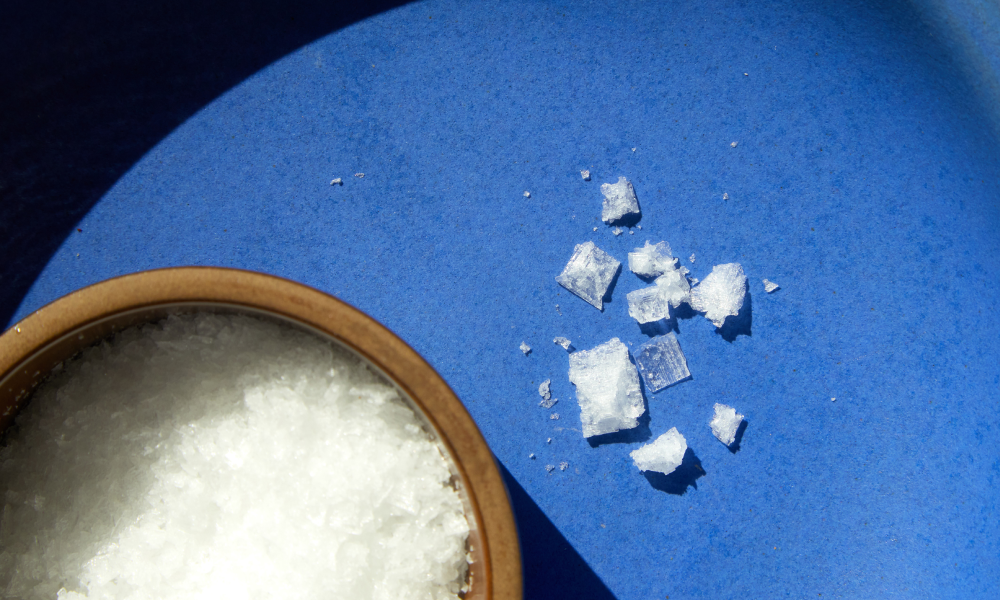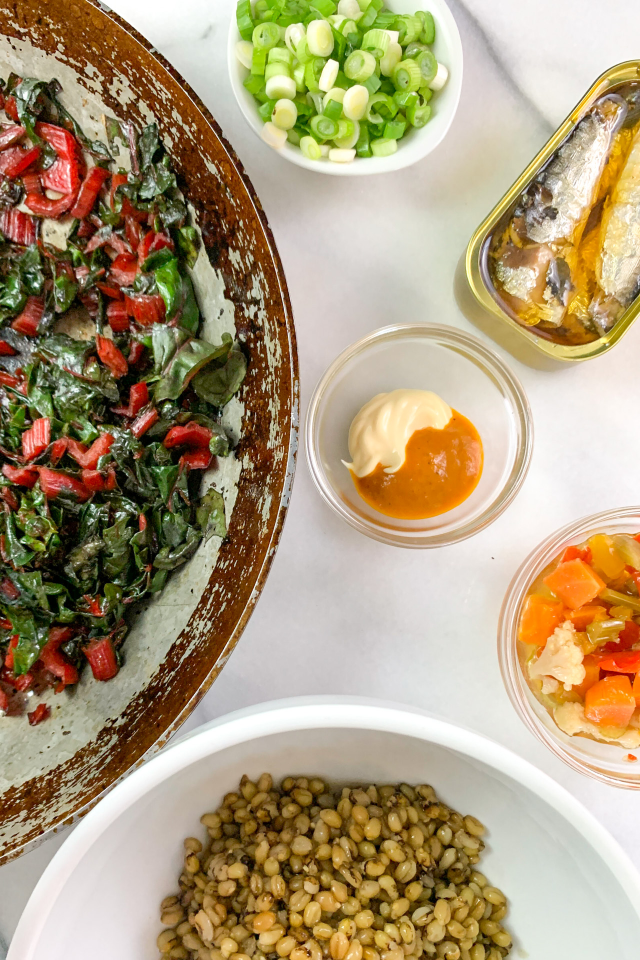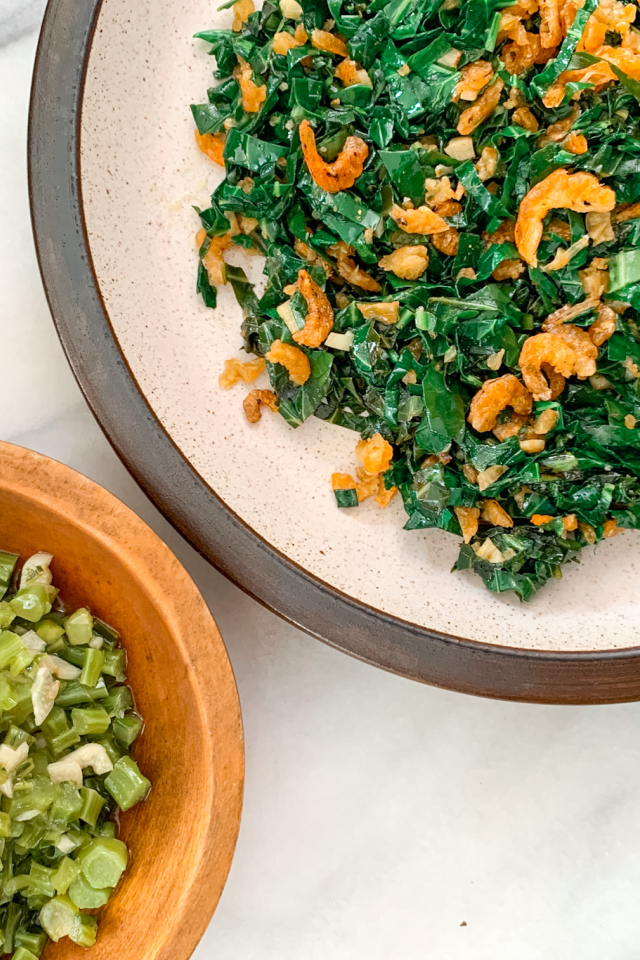Stop Using Diamond Crystal
Jim’s got feelings about everybody’s favorite salt and why you should use sea salt instead
By Jim Dixon — Revised January 2021
By Jim Dixon — Revised January 2021

Dust of the sea, in you
the tongue receives a kiss
from ocean night:
taste imparts to every seasoned
dish your ocean essence
-from Pablo Neruda’s Ode to Salt
Salt is the most important ingredient in your kitchen. You use it every day, and, as chef and author Samin Nosrat says, “it has a greater impact on flavor than any other ingredient.” And while all salt is sodium chloride, not all salt is the same. How do you know which salt to use? As usual, I’ve got some thoughts about it, but let’s look at the different kinds of salt first.
The table salt in the typical shaker often has an additive to keep it from clumping together, and sometimes it’s got iodine, added to prevent goiters and other iodine deficiency problems that were common in some parts of the country 100 years ago.
Additive-free kosher salt became popular as cooks looked for cleaner flavors. The salt itself isn’t kosher, but it’s used in the process called kashering to make meat kosher. The flakier texture comes from the process used to make it. Both table and kosher salt are produced by making a salt brine from mined salt and evaporating it under pressure to produce salt crystals.
Sea salts, produced by evaporating seawater and harvesting the remaining salt crystals, can be different, too. Cooler climates require a heat source to boil the water, and large producers may drive heavy machinery over the salt to move it.
Almost all of the salt produced around the world is destined for industrial use, and those users want just NaCl, sodium chloride, in its purest form. This salt, whether mined or extracted from sea water, is washed and refined to remove the trace elements to produce salt that’s 99% NaCl. But the magnesium, calcium, iodine, fluoride, vanadium, zinc, and other 64 elements found in seawater not only provide essential nutrients, they buffer the bitterness of sodium chloride.
A handful of sea salt producers harvest salt just to use with food. They allow the seawater to evaporate completely, so all of the trace elements remain in the salt. These sea salts are about 95% sodium chloride, and you can taste the difference. Fry two eggs, then salt one with kosher or table salt and other with a good sea salt or flor de sal. Or sprinkle a few grains of each on a couple of pieces of dark chocolate.



Most chefs and food writers recommend Diamond Crystal kosher salt, and I’ve always been frustrated by their endorsement. I understood why; most restaurant cooks are trained to salt by feel, and a pinch of Diamond Crystal is the standard measure of salt. I used it for years before I knew better.
But these days conscientious cooks want to know where their food comes from, and that includes salt. I want my food dollars going to companies, big or small, that share my values about corporate responsibility, environmental protection, and eating real food. I want the food I buy to meet the Slow Food criteria of good, clean, and fair. Diamond Crystal kosher salt, produced by Cargill, doesn’t.
A handful of companies produce most of the food we eat, and Cargill is one of the biggest. It may also be one of the baddest. The environmental advocacy group Might Earth recently named Cargill the worst company in the world. I don’t want to support a company with a long history of shady business practices, worker exploitation, and environmental degradation.
If you don’t either, try one of these salts